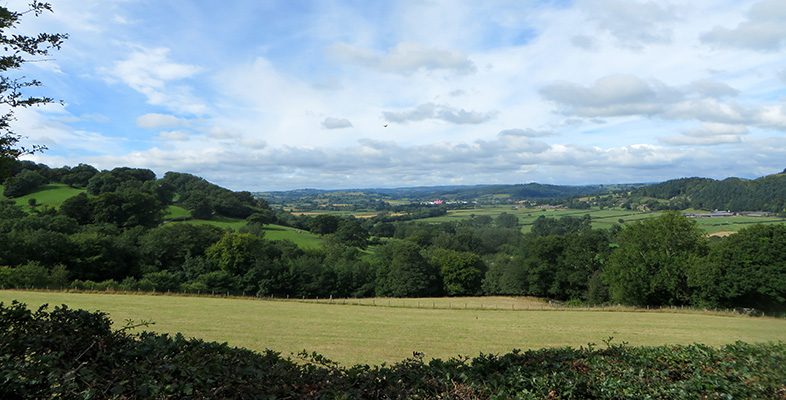3.4.4 Customer-based pricing
Customer-based pricing methods do not mean that products and services are offered at the lowest possible price, although they do take into account customer needs and wants.
Demand pricing is the most market-orientated method of pricing. The entrepreneur who uses this method needs to start by assessing what the demand will be for the product at different price levels.
This can be done by asking potential customers what they might expect to pay for the product or service and then calculating how many choose each price level. As the price rises, fewer customers are prepared to buy the product since fewer will still see the product as being good value for money.
It is also worth mentioning that, because of the nature of the market or their own skill and capability constraints, many entrepreneurs will not be able to do formal market research to ascertain this information. Instead, they will rely on judgement, intuition and experience – either their own or of people they trust. This is a key reason for choosing to start a business in a sector that you already know and understand.
In any case, this kind of calculation can be used to determine the stages of a skimming policy (where you start high as a first entrant to the market and then reduce over time as others enter the market) or it can be used to calculate the appropriate launch price of the product.
The next stage is to calculate the costs of producing the product in different quantities. Usually, the cost of producing each item falls as more units are made (e.g. if we make 25,000 units, each unit will cost less than if we produce 5,000 units). The table below demonstrates this.
| No. of units | Unit cost | Tooling up* + fixed costs | Net cost per unit |
| 25,000 | £1.10 | £3,500 | £1.24 |
| 20,000 | £1.22 | £3,500 | £1.39 |
| 10,000 | £1.44 | £3,500 | £1.79 |
| 5,000 | £1.87 | £3,500 | £2.57 |
Footnotes
*The tooling-up cost is the amount it will cost the company to prepare for producing the item. This will be the same if 25,000 or 5,000 units are made. Tooling-up costs for David would include his woodworking tools and equipment, for Gwyneth her stall and commercial standard catering equipment.The next table illustrates the importance of economies of scale and the impact of price on demand. The price that would generate the highest profit per unit would be £6.50, but at this price they would only sell 5,000 units and make a total profit of £19,650. On the other hand, the price that would generate the highest sales would be £3.50 although this would mean a lower profit per unit.
The price at which the product is sold will therefore depend on the entrepreneur’s overall strategic objectives – in this case whether to maximise profit per unit or to increase sales and market share.
| No of units | Price per unit | Total profit | Profit per unit |
| 25,000 | £3.50 | £56,500 | £2.26 |
| 20,000 | £4.50 | £42,200 | £2.11 |
| 10,000 | £5.42 | £36,399 | £3.63 |
| 5,000 | £6.50 | £19,650 | £3.93 |
